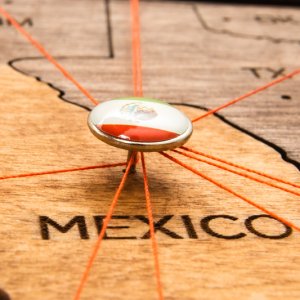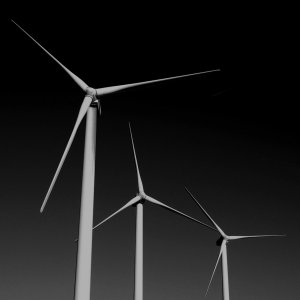
A Road Map Model for the Energy Transition
 By Cinthya Alaniz Salazar | Journalist & Industry Analyst -
Wed, 10/20/2021 - 17:22
By Cinthya Alaniz Salazar | Journalist & Industry Analyst -
Wed, 10/20/2021 - 17:22
Sequence modeling suggests that despite nations having fundamentally different energy frameworks, they are bound to face similar challenges and follow a similar energy transition model towards net zero, says Silvia Zumarraga, Market Development Manager at the Wärtsilä Flexible Power Symposium.
From the Path-to-100 study emerged an apparent three-stage process which initiates with a preparation phase, entailing an in-depth assessment of the country’s existing power system needed to identify capabilities and limitations essential to formulating the first regulatory steps. The information collected will also inform crucial downstream decisions about the national road map which should include rational decisions about what infrastructure will need to be developed and retired without compromising the flexibility of the grid. Since countries use a different composition of natural resources to generate energy this phase is where nations will diverge the most which is necessary and important.
After a clear national plan is established, this will be proceeded by building clean energy capabilities up to 90 percent, the threshold required to displace carbon emission fuels altogether which could take anywhere from five to ten years—at least. According to the study’s projections this process would entail high starting costs, encompassing everything from building more renewable technologies, building storage capacity, transmission upgrades, adding flexible gas generation and dismantling some inflexible assets. However, it is expected that costs will dip and then plateau as more countries share the cost of innovating and advancing technology as they strive to meet increasing demand. Overall, as nations approach the end of this phase they should have built an energy system that consists mainly of renewable energies compatible with their geographic conditions.
“Proper planning combined with flexible capacity positions countries to take advantage of the benefits of renewable technologies without compromising the energy system or raising costs,” said Zumarraga.
The final stage of the model encompasses the final closure of the last inflexible assets whilst establishing long term energy storage with sustainable fuels. This final dash towards net zero is forecasted to once again require considerable investment on behalf of governments and private actors alike. Most of the funds are expected to be diverted towards converting flexible generation technologies to run singularly on sustainable fuels like hydrogen, ammonia, and carbon neutral methanol and methane. By the end of this energy transition process countries can expect to spend an estimated US$49 billion.
Showcasing the importance of road mapping and coordinating the energy transition process is Germany whom began their energy transition process in the early 2000s when software modeling technology was still not available, and are now experiencing skyrocketing energy costs due in part to uninformed planning and highly inflexible assets - a recipe for disaster said Zumarraga. Therefore, although it may seem counterintuitive for a country with high renewable energy generation capabilities to have high energy costs it is a result of the country’s current inability to add flexibility, such is the case of energy storage. With this, as pioneers, they have outlined for other countries the importance of planning ahead.
Mexico which has a significantly high capacity for renewable energy generation should take heed from Germany’s experience and capacitate their energy grid to handle energy surges they can generate. Otherwise, the country can continue to expect disruptions such as the one they experienced last December when an “irregular connection” started a fire due to a system failure, consequence of high wind and solar energy generation and very low demand. Moreover, under the current administration the energy system has been reconfigured around its state enterprises which would be fine if their emphasis was renewable energy, but instead the country has taken a step back, to the extent as defaulting on their UN COP commitments. Nevertheless, they have made great progress in building cogeneration plants needed to keep energy generation stable until Mexico builds up its energy storage capabilities.
Conclusively, the global energy transition process is not just building up renewable energy capabilities haphazardly, it will require planning to keep energy generation stable and accessible.
















